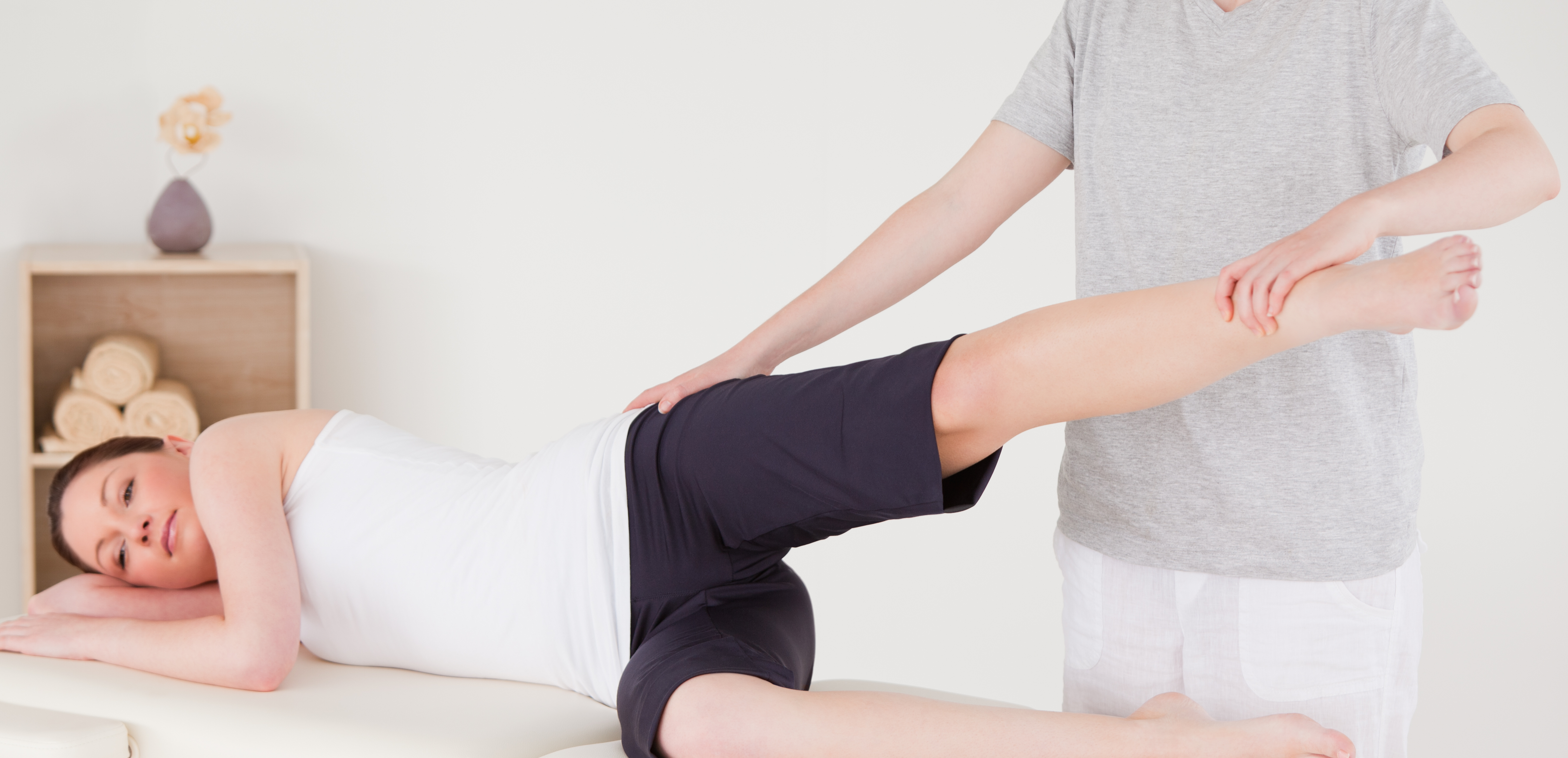Dr. Berger’s minimally invasive outpatient method has revolutionized hip replacement surgery. His advanced anterior approach allows him to replace the invaluable hip joint without cutting the patient’s muscles, ligaments, or tendons. This enables him to perform the surgery without dislocating the hip or tearing the muscles surrounding the joint, a common disadvantage of traditional hip replacement surgery. During hip surgery, Dr. Berger uses his innovative surgical tools to create a small, 3- to 4-inch incision along the side of the hip, revealing the hip joint. Dr. Berger removes the arthritic head of the patient’s thighbone, taking care not to dislocate the joint. With the femoral head removed, he prepares the acetabulum—the socket of the joint. Using a special sanding tool, he carefully smooths the socket surface. He then uses a reamer to prepare the thighbone, which creates space for the femoral component of the prosthesis. Next, Dr. Berger inserts a shell into the hip socket. This piece is made of metal and has a rough, articulated outer surface that encourages bone to grow and attach to the shell, securing it to the hip. Dr. Berger lines the shell with a polyethylene liner that acts as cartilage and facilitates smooth, fluid movement. He then inserts the hip implant into the thighbone. This component also has an articulated surface that helps the bone attach to the implant. Once all prosthesis pieces are in place, Dr. Berger tests the patient’s range of motion. He finishes the surgery by cleansing the inside of the hip with an antibiotic wash to prevent infection and then closes the incision. On average, the whole process takes just over an hour. After surgery, the patient is sent to a recovery room where they are cared for by one of Dr. Berger’s nurses. A physical therapist will assist the patient to walk, climb stairs, and will provide the appropriate assistive device, such as a cane. Once the patient has been thoroughly examined, they are discharged from the hospital the same day of surgery. In-home physical therapy Outpatient physical therapy There are three positions you need to avoid for three weeks to decrease the risk of dislocating your hip. The three positions are: If you are taller than 5’4”, you will be issued a raised toilet seat to help with your elimination needs after surgery. The raised toilet seat will attach directly to your toilet bowl. Goals to Achieve by 2 Weeks Dr. Berger will prescribe post-operative medications for each patient after surgery. A multi-modal approach is utilized to adequately control pain and minimize risk factors after surgery for a desirable recovery and ideal outcome. When you are ready for prescription refills, contact one of the nurses in the office during normal business hours (Monday through Friday, 7 am – 5 pm). Refills can be authorized to your local pharmacy. You will need to provide us with your local pharmacy phone number, the name of the medication you need to be refilled, and your birthdate. RICE 1611 W. Harrison, For General Inquiries ↓ Call us TodayWhat to expect
Patient Guide




WEEK 1:
We want you to be up and moving but do this in moderation. We recommend you rest the first 5-7 days after surgery. DO NOT OVERDO IT. Increased activity means increased swelling. By decreasing the swelling early you will recover quicker. We recommend small bouts of activity throughout the day. Get up and walk around the house a little bit every hour to hour and a half that you are awake.
Ice as much as possible the first week to two weeks. ice is a great anti-inflammatory and helps minimize swelling. You may apply an ice massage over the knee, the quadriceps muscle (muscle located on the front of the thigh), the hamstring muscle (muscle located on the back of the thigh) and the calf.
The TED hose compression stockings provide compression and help minimize swelling. Keep the stockings on during the day and take them off at night for the first 3 weeks after your surgery. The stockings go on both legs.
Elevating your leg will help reduce swelling.To reduce significant amounts of swelling elevate your leg 4-5 times a day for 15-30 minutes each time. Do this by lying flat with the ankle above your knee and your knee above your heart. For elevation to be effective, your toes should be above your nose!WEEK 2:
WEEKS 3-6:
Chicago, IL 60612.
Fill out form below
312-432-2557


